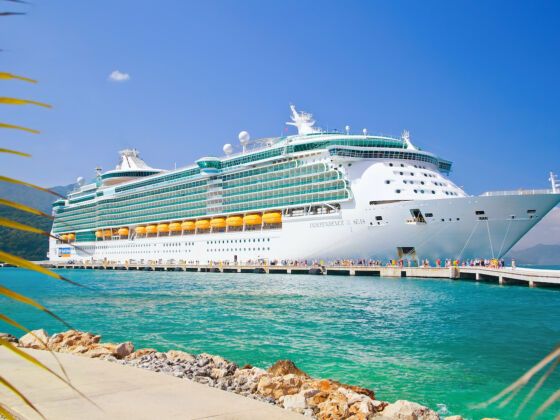A RECENT BLOOMBERG ARTICLE announced Carnival’s new initiative promoting “social justice tourism.” Starting this month, the company will allow tourists to participate in a seven-day trip to the Dominican Republic, spending three days in Puerto Plata “cultivating cacao plants and organic fertilizer, teaching English, or working with a local women’s cooperative to make artisanal chocolates. Others will help to build household water filters from clay.” According to the article, Carnival isn’t going to disclose how much tourist money from these trips will actually support charity work. The company spokeswoman only claimed that the business model was made “to make enough profit to sustain the business to continue for the long term, as opposed to a model to maximize profits.”
It’s a conflicting initiative considering that Carnival, along with several other cruise lines, have had a long history of criticism toward their environmental, labor, and sustainable business policies. Consider the following:
